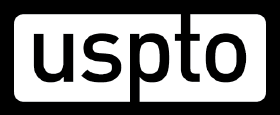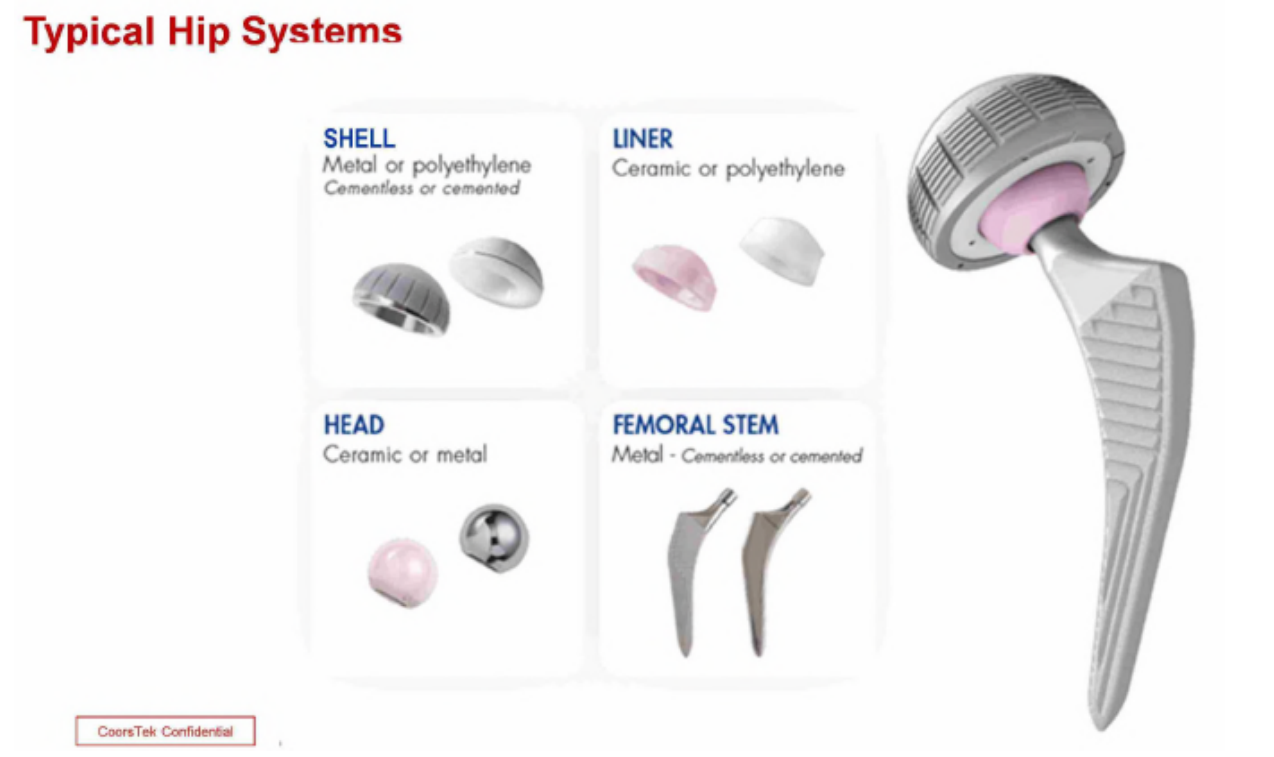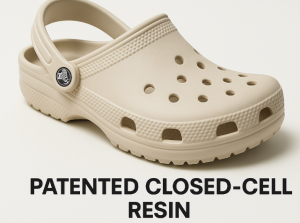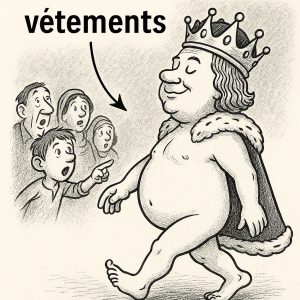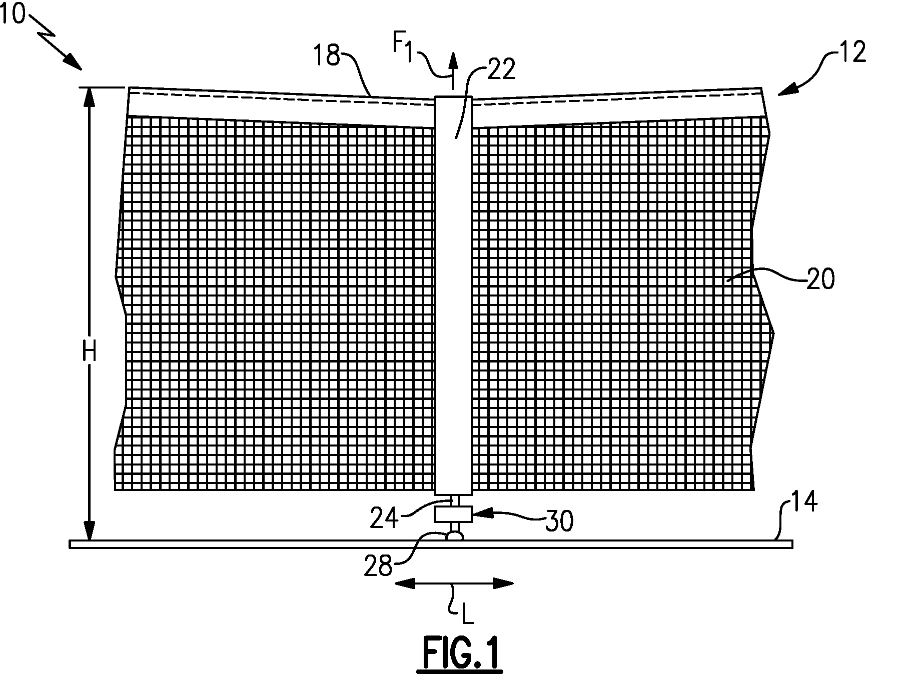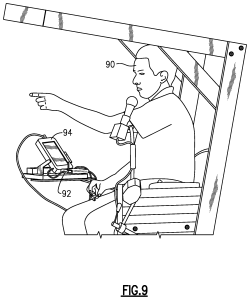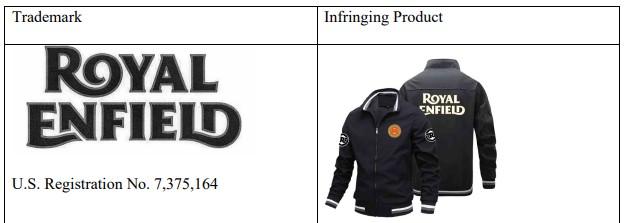by Dennis Crouch
The Federal Circuit is now considering a rehearing petition challenging the Federal Circuit's recent decision in Ingenico Inc. v. IOENGINE, LLC, 136 F.4th 1354 (Fed. Cir. 2025), which narrowed the scope of Inter Partes Review (IPR) estoppel under 35 U.S.C. § 315(e)(2).
- CAFC Decision: Ingenico Inc. v. IOENGINE, LLC - Entry BL-58
- Post about the Original Decision: Dennis Crouch, Reference Recycling and the Case for Sua Sponte Rehearing in Ingenico, Patently-O (May 19, 2025).
- En Banc Petition: Ingenico Inc. v. IOENGINE, LLC - Entry BL-70
- En Banc Response: Ingenico Inc. v. IOENGINE, LLC - Entry BL-82
Under the statute - an IPR petitioner is estopped from later re-challenging a patent's validity based upon grounds that could have been raised in the IPR:
[petitioner] may not assert either . . . that the claim is invalid on any ground that the petitioner raised or reasonably could have raised during that inter partes review.
The petition argues that the panel's interpretation of the term "ground" effectively guts the estoppel provision by allowing patent challengers to recycle identical prior art from failed IPR proceedings simply by relabeling their invalidity theories under different statutory provisions that are not subject to IPR challenge. Question Presented:
Whether 35 U.S.C. § 315(e)(2) allows the petitioner in an inter partes review (“IPR”) that has resulted in a final written decision to avoid estoppel in a civil action by relabeling patents or printed publications that reasonably could have been raised as a “ground” in the IPR.
Whether 35 U.S.C. § 311(b) limits “a ground that could be raised under section 102 or 103” to only certain subparts of 35 U.S.C. §§ 102 or 103.
You might imagine a printed publication showing the details of a prior art machine unsuccessfully asserted in an IPR. The decision would allow the same evidence to later be used in court to challenge the patent if it was transformed to an on-sale bar or public use challenge, with the document serving as evidence of what was being sold/used. In either approach, it is the same prior art reference being asserted, but in Ingenico, the court indicated that these are two different "grounds" for challenging the patent: (1) invalid as anticipated by a printed publication; versus (2) invalid as anticipated by prior sales activity or public use.
The Federal Circuit held that estoppel applies only to specific statutory grounds available in IPR (anticipation or obviousness based on patents or printed publications), not to the underlying prior art references themselves. This creates what I have previously referred to as "reference recycling." This is a loophole that potentially undermines Congress's intent to prevent duplicative patent validity challenges through robust estoppel provisions.
I recognize the legitimate concern on the down-side of overly broad estoppel -- that it could shield invalid patents from necessary challenge, creating procedural barriers that protect weak patents. But, the reality is that both the IPR system and district courts have been remarkably effective at invalidating and cancelling patents. Ultimately, I believe the Federal Circuit erred here and unduly narrowed estoppel. The court should grant the rehearing.
To continue reading, become a Patently-O member. Already a member? Simply log in to access the full post.
